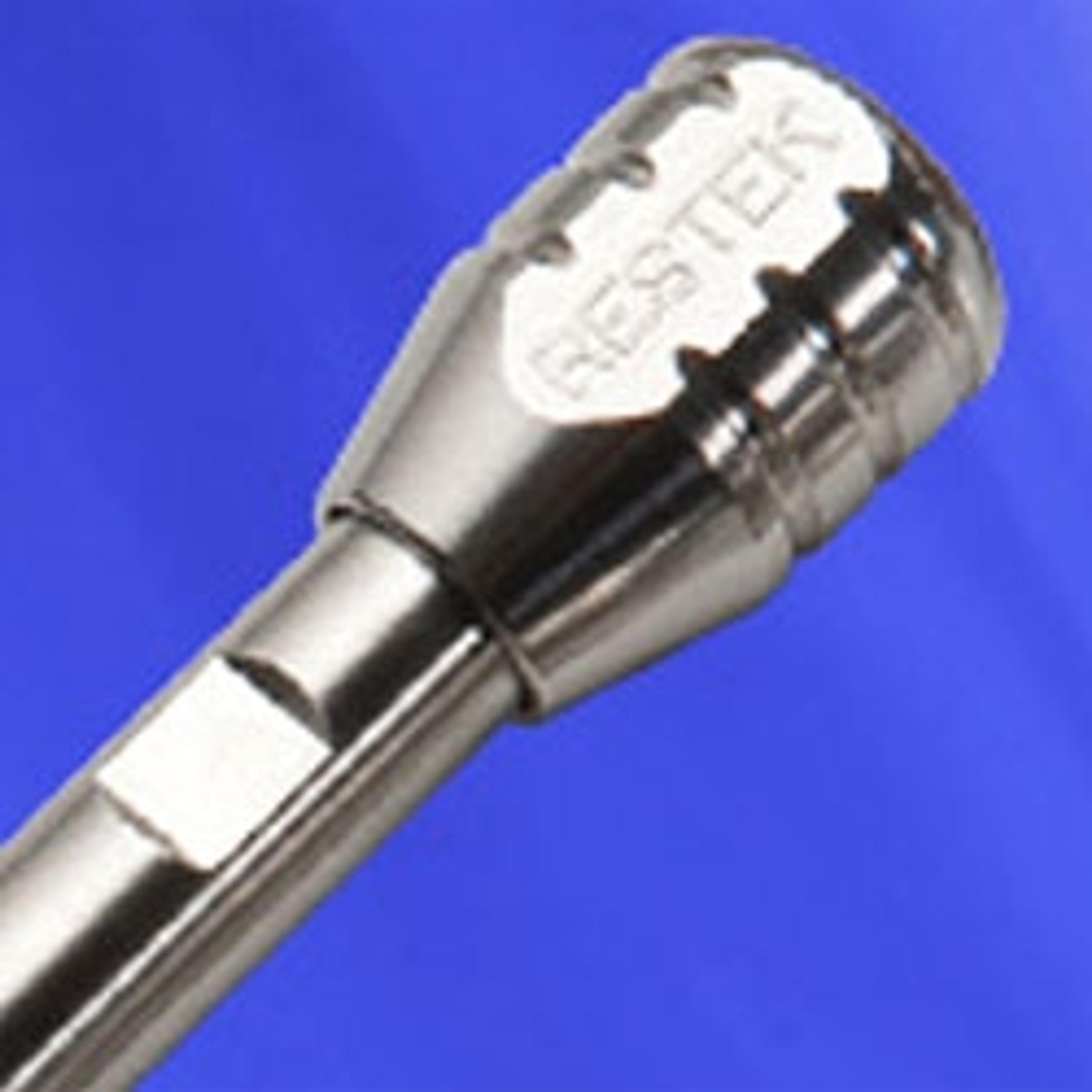Pesticides, Fungicides & Aflatoxins: Detecting Environmental and Food Contaminants
In this SelectScience special feature, discover the latest methods and technologies for accurate and reliable pesticide and contaminants analysis
2 Apr 2019
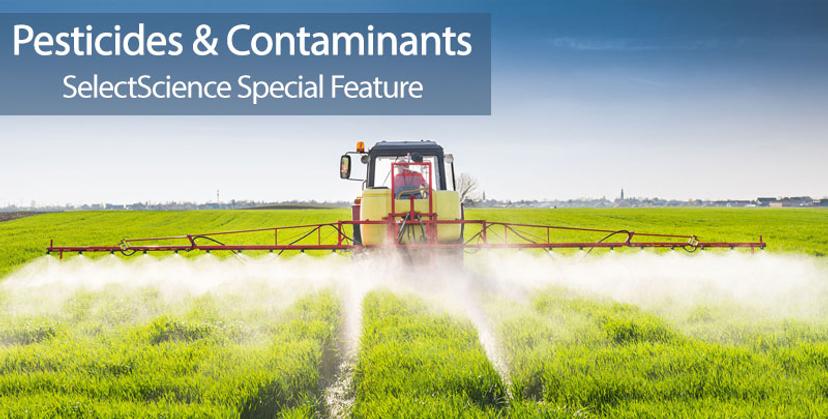
Pesticides are chemical compounds that protect crops from damage by pests such as insects, fungi andweeds, but are potentially toxic to both the environment and humans, posing the risk of long-term adverse health effects. Human food products can not only become contaminated by pesticide residues, but from other sources such as bacteria, heavy metals, foreign objects, and allergens. To ensure public and environmental safety, strict regulatory testing for harmful levels of substances such as pesticides in both food and the environment must be implemented, using the latest highly sensitive technology.
In this SelectScience special feature, discover the latest technological advancements and hot topics in pesticides and contaminants, including detection of aflatoxins in milk; analysis of fungicides with chiral LC-MS; how one lab is able to detect trace levels of the latest synthetic chemicals; and sediment contaminant analysis using QuEChERS and LC-MS/MS.
Read on to learn more about:
- Hot Topics in Pesticides & Contaminants
- Top Pesticides & Contaminants Product Reviews
- Related Resources: Application Notes, Webinars & How-to-Buy eBooks
- Watch the Experts Discuss on The Scientists’ Channel
Hot Topics in Pesticides & Contaminants:
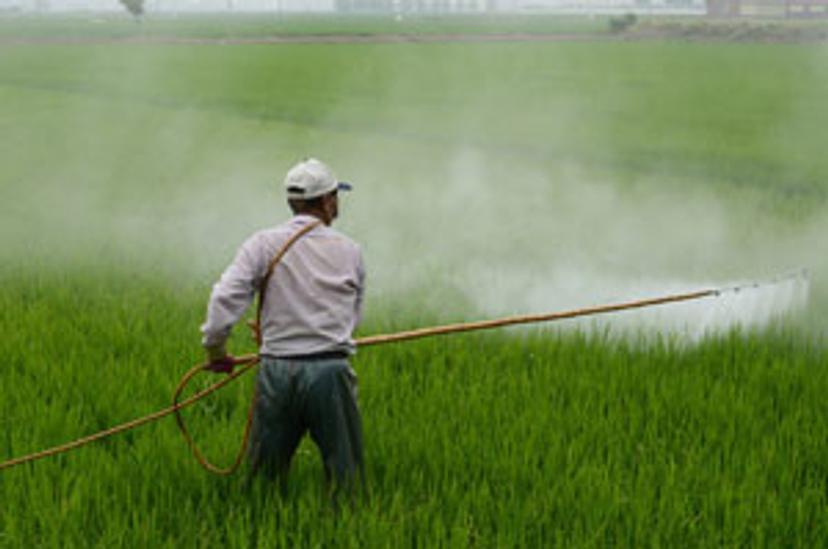
How to Speed Up Analysis of Carbamate Pesticides
Carbamate pesticides are a widely used insecticide derived from carbamic acid and, like organophosphate insecticides, they kill insects by acting as endocrine disruptors and therefore also pose significant human and environmental health risks. Unlike most other pesticides, carbamates must be analyzed by LC as they are thermally unstable.
This application note presents a method for analyzing carbamate pesticides using Ultra Carbamate LC columns, specifically designed for carbamates, enabling much faster analysis times in comparison to traditional methods using C18 columns.
Detecting Low Levels of Aflatoxins in Milk

Aflatoxins can be found in milk as a result of dairy animals feeding on contaminated crops, posing significant health risks to human consumers, even at very low concentrations. Large doses lead to acute poisoning and can cause life-threatening liver damage. Aflatoxins are naturally occurring carcinogenic mycotoxins that are produced by several species of fungi (Aspergillus flavus and Aspergillus parasiticus) that are found on crops such as maize, peanuts, cottonseed, and tree nuts in mostly warm and humid regions.
This application note presents a method for the detection of aflatoxins in milk at low levels using a polymeric solid-phase extraction (SPE) cartridge and LC-MS/MS, using a Selectra® DA HPLC column. The method is optimized to detect aflatoxins at levels as low as picograms, to ensure milk meets regulatory requirements.

Analysis of Fungicides Using Chiral LC-MS
Plant pathogenic fungi are a major cause of loss of crop yields, so attempts are made to control them using preventative measures such as fungicides. Tebuconazole is a chiral racemic used to treat agricultural crops to protect them from pathogenic fungi, as well as serving as a wood preservative. Though considered to be relatively safe for humans, tebuconazole still has potential endocrine-disrupting effects which makes them hazardous if consumed by humans.
In this application note, discover an effective LC-MS compatible method for separating tebuconazole using YMC's CHIRAL ART Cellulose-SC column.
- Detecting Trace Levels of Chemical Contaminants Dr. Agustin Pierri from Weck Laboratories, California, a leading company in emerging environmental contaminants, explains how his laboratory is able to measure trace level amounts of synthetic chemicals contaminating our food, clothes, and environment, using highly sensitive chromatography approaches.
- Sediment Contaminant Analysis Using QuEChERS and LC-MS/MS Find out how the Sanitation Districts of Los Angeles has developed new methods for analyzing contaminants in sediment samples using QuEChERS and LC-MS/MS, in a quest to ensure cost-effective wastewater and solid waste management and ensure effluent produce complies with environmental regulations.
- 5 Essential Lab Products to Detect Food Contaminants Discover the most common sources of food contaminants and the top-rated lab products to help you detect them simply, accurately and effectively, including the Xevo TQ-S micro by Waters, Rxi®-624Sil MS (Fused Silica) GC columns by Restek Corp, and PerkinElmer’s Optima 7300 DV ICP-OES Spectrometers.
- Analyzing Anionic Pesticides in Food by LC-MS/MS Discover a method for the quantitive determination of eight anionic polar pesticides which are not amenable to conventional reverse-phase chromatography by LC-MS/MS.
- Pesticides Analysis in High-Lipid Foods Complex samples that are high in lipid content pose one of the greatest challenges in pesticide residue analysis - learn how to streamline your methods using QuEChERS, LipiFiltr® Cleanup and UHPLC-MS/MS analysis.
Watch Experts on The Scientists’ Channel
Discover leading scientists on video outline how they use the latest technology to address current challenges:
- Victoria Peck – Identifying Unknowns with HPLC and LSC
- Dr. Ed Haynes– How to Use Whole Genome Sequencing for Food Safety
- Dr. Glyn Jones– Protecting Customers and Pollinators from Harmful Pesticides
- Dr. Renata Clarke – Keynote Presentation: Food Safety in a Varied and Changing World
- Dr. Koenraad Van Hoorde – Using Next-Generation Sequencing to Detect Food-Borne Pathogens
Scientists Share Knowledge & Opinions:
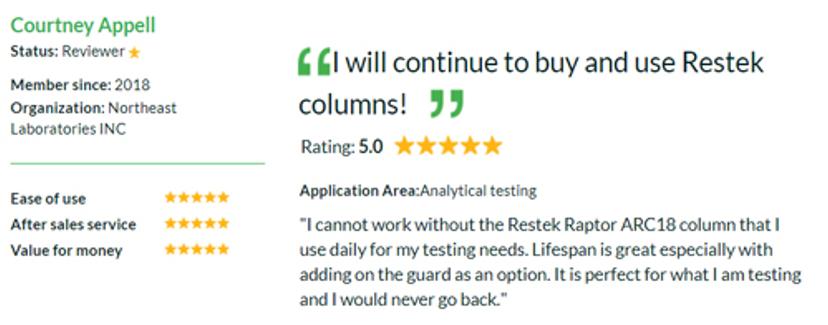
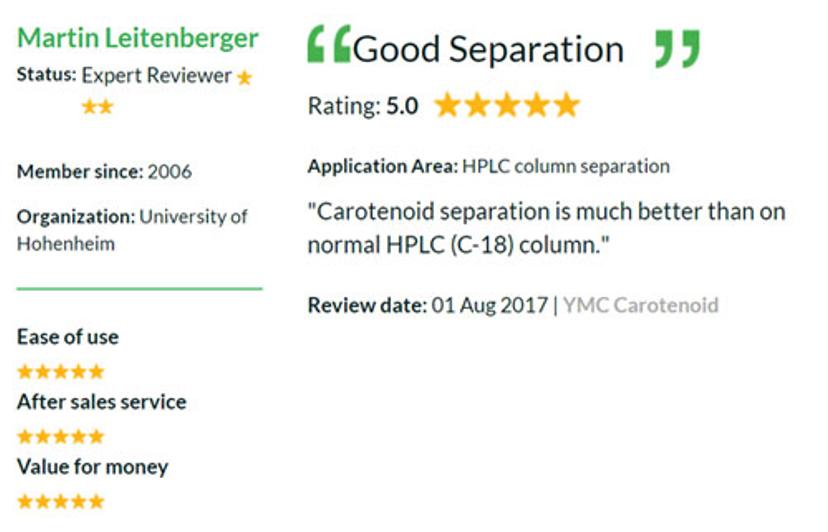

Related Resources
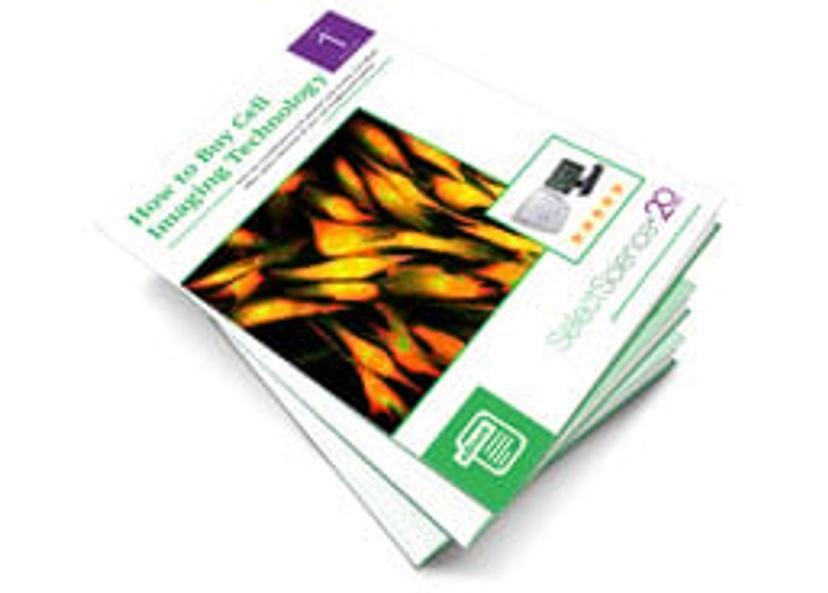
Webinars:
- Environmental Monitoring Applications of Direct Mass Spectrometry
- An Essential Guide to Switching from Manual to Automated Solid Phase Extraction
- Improve Your Ability to Detect and Analyze Polar Pesticides using IC-MS/MS
- From Sample to Knowledge: Strategies for Overcoming Challenges of Emerging Contaminants - PFC and Surfactants
How-to-Buy eBooks:
Application Notes:

